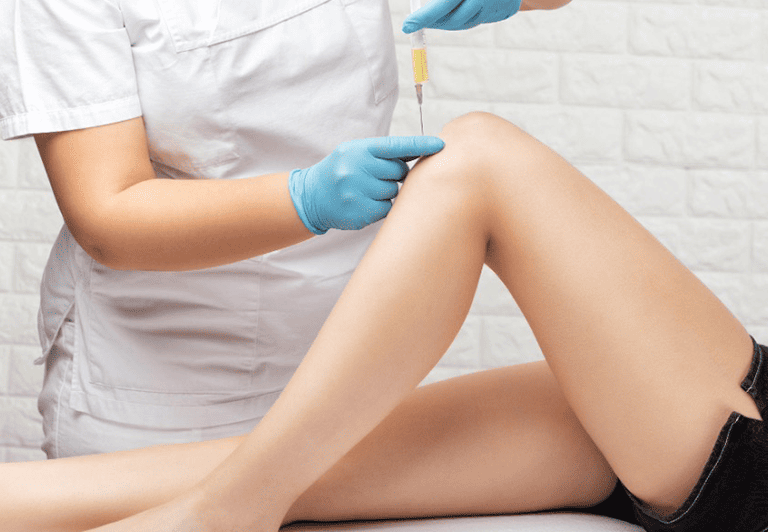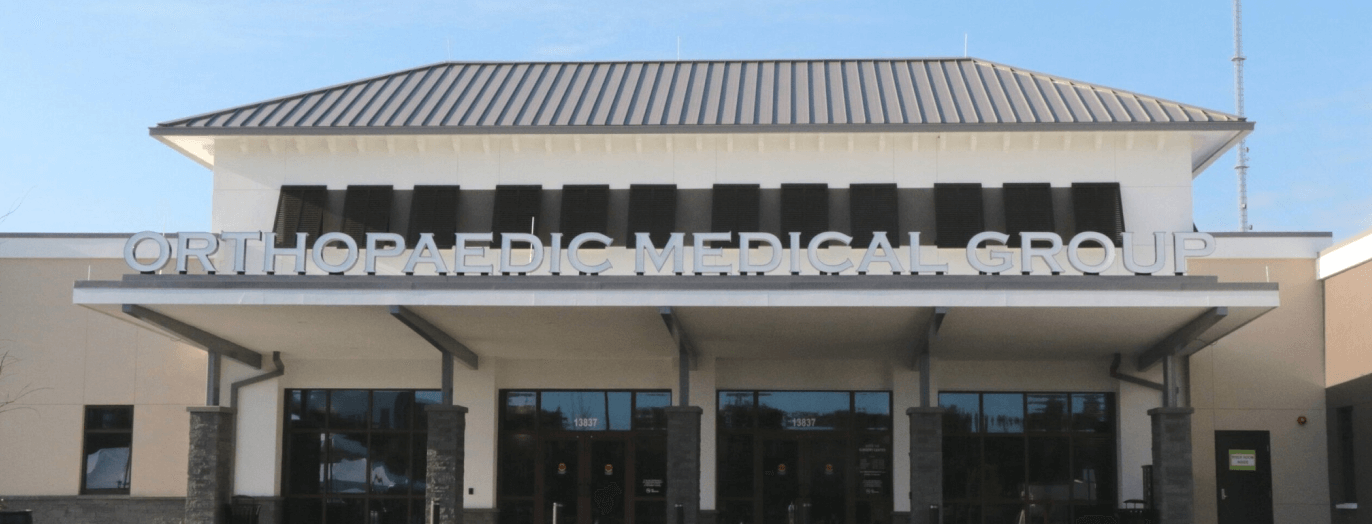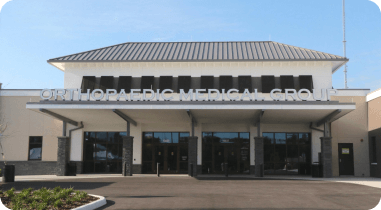
Knee osteoarthritis (OA) is one of the most common causes of chronic joint pain, affecting millions of adults in the U.S. every year. Traditional treatments such as anti-inflammatory medications, cortisone injections, or even joint replacement surgery can help, but many patients are now looking for regenerative alternatives that address the root cause of the problem. One of the most promising options is platelet-rich plasma (PRP) therapy. In 2025, new research continues to support PRP as a safe and effective treatment for knee osteoarthritis, offering real hope for patients who want to delay or avoid surgery. For patients in St. Petersburg considering a less invasive treatment option, Orthopaedic Medical Group of Tampa Bay offers PRP therapy for knee osteoarthritis. Schedule a consultation today.
What is PRP Therapy?
PRP therapy uses a patient’s own blood to promote healing inside the joint. A small sample of blood is drawn and then processed in a centrifuge to concentrate platelets—tiny cells rich in growth factors that help repair tissue. When injected into the knee joint, these platelets release signaling proteins that reduce inflammation, improve lubrication, and stimulate cartilage and soft tissue repair. Because PRP comes directly from the patient, the risk of allergic reaction or rejection is minimal.
2025 Evidence: PRP vs. Standard Treatments
Recent studies in 2025 have reinforced PRP’s role in treating knee osteoarthritis. Here are the key findings:
- Longer-lasting relief compared to cortisone injections. Corticosteroid shots may provide short-term pain relief, but studies show that their benefits often fade within a few months and may accelerate cartilage breakdown. In contrast, PRP injections have been shown to provide sustained improvements in pain and function for 12–24 months.
- Superior outcomes compared to hyaluronic acid (gel injections). Hyaluronic acid injections are commonly used to improve joint lubrication. However, meta-analyses published in 2024 and 2025 reveal that PRP produces greater improvements in pain reduction and physical function, particularly in patients with mild to moderate osteoarthritis.
- Cartilage-protective effects. Emerging imaging studies suggest that PRP may slow the progression of cartilage loss. While not a “cure,” PRP appears to help preserve joint health, potentially delaying the need for knee replacement surgery.
Patient Outcomes in 2025
Patients treated with PRP for knee osteoarthritis in recent clinical trials report:
- Reduced pain and stiffness within the first few weeks after treatment.
- Improved mobility and ability to perform daily activities.
- Higher satisfaction rates compared to traditional injections.
- Fewer side effects since the treatment uses the body’s own natural healing components.
The number of PRP sessions may vary, but many protocols recommend one to three injections spaced several weeks apart. Improvements can continue for months after the final injection as healing cascades are activated inside the joint.
Who is a Good Candidate for PRP?
PRP tends to work best for patients with mild to moderate osteoarthritis who still have some healthy cartilage remaining. It may be less effective in severe “bone-on-bone” arthritis, where joint replacement remains the only long-term solution. Ideal candidates are individuals looking to reduce pain, improve function, and possibly delay surgery while maintaining an active lifestyle.
The Future of PRP in Knee OA
As of 2025, PRP has moved beyond being an experimental therapy. It is now recognized as one of the leading biologic options for knee osteoarthritis. Ongoing studies are exploring how PRP can be combined with stem cell therapy or other regenerative techniques to further enhance outcomes.
At OMG, we recognize the importance of prioritizing patient comfort in St. Petersburg with authoritative research surrounding PRP as a trusted means of treating knee osteoarthritis.
Orthopaedic Medical Group of Tampa Bay Is Your Trusted PRP Provider In St. Petersburg. Schedule a Consultation Today!
Learn more about the role of PRP therapy in treating knee osteoarthritis by contacting Orthopaedic Medical Group of Tampa Bay at (813) 684-BONE (2663). Schedule a consultation at your nearest OMG facility in St. Petersburg for a personalized treatment plan.




